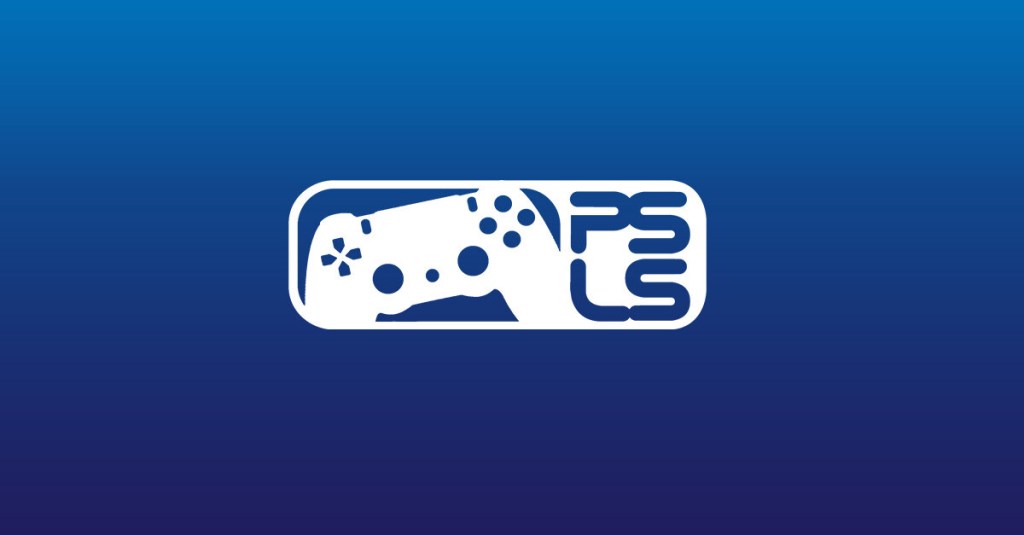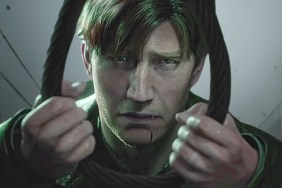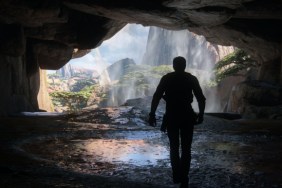
Think back to one of the most memorable moments in one of your favorite games; does that scene feature content that is violent, sexual or shocking?
Most gamers, myself included, have noticed that the ESRB is being much more lenient in regards to what is allowed under the sometimes nefarious M for Mature rating. This trend is a direct response to what consumers want from their games, as well as a cultural shift in morals both in the home and in popular media. How much have things changed during the history of PlayStation? Let’s take a look…
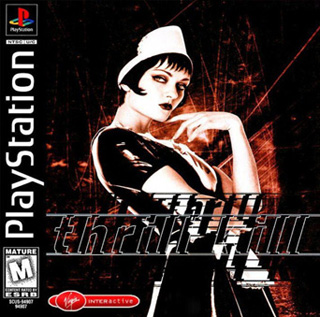
The difference can clearly be seen by comparing PSOne and PS3 games and their content. It’s easy to see that games feature much more brow raising situations than they did a little over a decade ago. My particular favorite example of this is the PSOne game that never was… Thrill Kill. Thrill Kill was developed in the late 1990s for the Sony PlayStation by Paradox Development. There was much hype surrounding the game, mainly for its focus on sadistic savagery, amputated limbs, gore and more. Thrill Kill even tested boundaries with the names of the games’ special moves, such as “Bitch Slap” and “Swallow This”. Despite the controversy, Thrill Kill was considered a technical feat for the PlayStation at the time, most notably for its ambitious four player simultaneous fighting, however, the game was given an AO (Adults Only) rating by the ESRB for sexuality, sexual themes, blood and gore. A first for The PS One. In response the rating, EA canceled Thrill Kill, citing they didn’t want to “publish such a senselessly violent game” and they felt that it would harm their image. They also deemed the game so sadistic, they wouldn’t even sell the game to another publisher. Here is EA’s official from Patricia Becker:
“We don’t feel that the game’s content is appropriate, regardless of who publishes it. Game companies have to accept responsibility for any game they publish. Sometimes we make choices that others won’t agree with. But we have to make careful decisions. It was the tone and tenor of Thrill Kill. When you look at Mortal Kombat, you look at a fighting game, as opposed to a sadistic killing game. Thrill Kill is a killing game. The product did not meet our standards for appropriate content.”
My how things have changed…
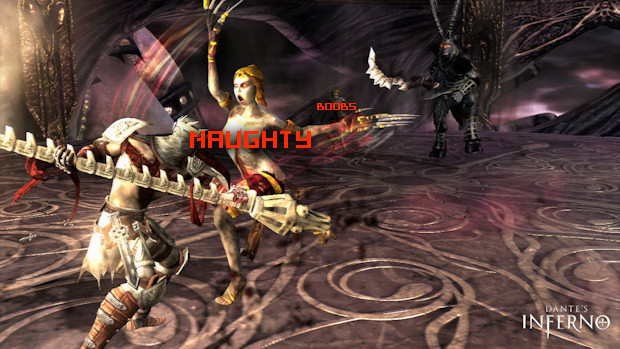
Fast forward to now, a little over a mere decade, things have changed dramatically regarding the level of violence and sexuality allowed in popular media. More games than ever are receiving M for Mature ESRB ratings that would have surely been rated AO Adults Only back in the PSOne era. Two most recent examples are Dante’s Inferno and Heavy Rain. Both are widely accepted, highly regarded (well one of them), and have went on to sell over a million copies of each game.
Dante’s Inferno earned its M rating for “blood and gore, intense violence, nudity and sexual content”. The game features extensive nudity, including a level using blatantly phalic symbols as pillars, giant scorpion tails coming out from places they shouldn’t and attacking Dante, on top of violence at every turn.
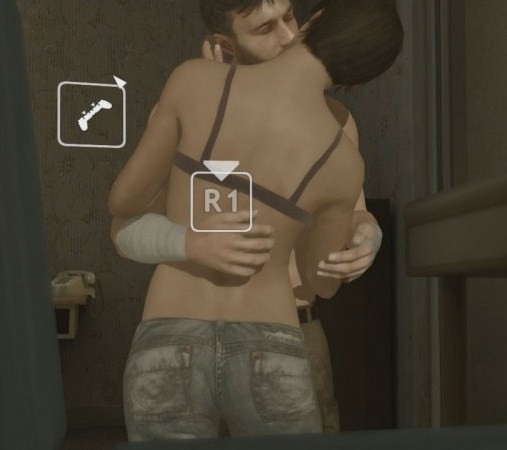
Heavy Rain on the other hand also got an M rating for “blood and gore, intense violence, nudity,sexual content, strong language” and missing from Dante’s Inferno, “the use of drugs”. This M rating covered “guiding the advanced UI to either use drugs or fight the urge, willfully kill people with actual consequence and choose how you start having sex with another person”. Heavy Rain certainly pushed realism to its limits, and even provided consequences for these actions.
Although the two above examples are PS3 titles, this trend has been ramping up since the PS2. The Grand Theft Auto and Manhunt series, both which deserving received an M rating for “blood and gore, intense violence, sexual content, strong language and use of drugs”. Not to mention how it endorses sadistic killing of other people thorough the game (most of whom had it coming). These games sparked outrage amongst the press and even sent shock-waves into politics.
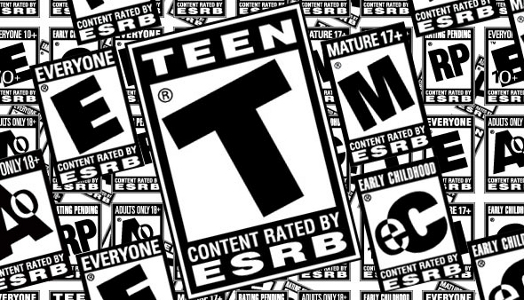 So is this change in the ESRB rating reflective of us as gamers wanting more of an intense experience, or is it a reflection of what in now considered common place in today’s society? Keep in mind, if the excessive violence and nudity that is prominent in many of today’s hottest games is so widely accepted, and so many boundaries have been pushed in such a short period of time, what will we be playing in the future?
So is this change in the ESRB rating reflective of us as gamers wanting more of an intense experience, or is it a reflection of what in now considered common place in today’s society? Keep in mind, if the excessive violence and nudity that is prominent in many of today’s hottest games is so widely accepted, and so many boundaries have been pushed in such a short period of time, what will we be playing in the future?
